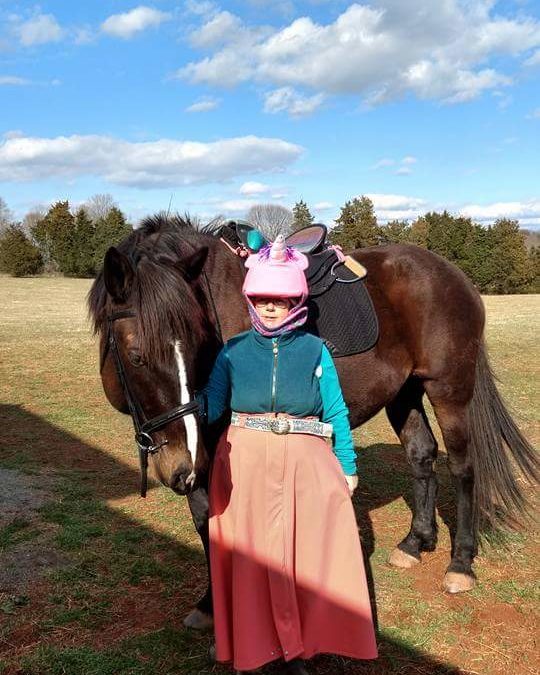
What do you do when at a clinic, it is made painfully apparent that the horses are asked too much when they are not physically or mentally ready?
For example, you are at a demonstration and the horses are allowed anything but a horizontal balance; no consideration taken for the horses’ age, circumstance or history. This is truly sad when the principles are lost at the cost of popularity and recognition.
So this got me thinking…
Staying true to what you believe in is underestimated. No money, nor ambition could change my own principles and how I feel.

My training methods will not be altered, nor parts omitted for a rider’s ego and never at the expense of the horse. Training a horse correctly is not a job to be rushed. It is a constant learning and an art.
On occasions, I have been asked to teach my methods because people want a “quick fix”, or they would like to sort out an issue in their riding. Having told me they are happy to take as long as necessary, I sometimes find the same people still have a time frame to which they want to work. “In time for the next show” or “by the summer”.
What many don’t understand, is that horse training is so much more than simply learning to ride. It isn’t about just one thing or another. For all of my students it is about building the horse’s training foundations. Helping them to become supple, strong, healthy and happy. It is about helping the handler to become confident, to be safe and to enjoy themselves. It is about tailoring a training plan for the individuals and working to their needs, never compromising on the principles because of someone’s selfish ambition. It is about learning to work with the horse without coercion, with true softness and with the horse’s health in mind. It’s about learning the theory and purpose behind the exercises, always giving reason for all we do.
It is therefore impossible for one to take my ground exercises for suppleness, calmness and softness, or to use them as a top up to their current training, to then revert back to traditional, often harmful methods when riding. To do this is to undo all of the benefits previously worked upon.
After all, if you teach the horse to relax and to move freely on the ground and then insist on riding with your hands low or with a rigid heel, how can you expect a positive outcome?
This applies to the tack as well. It is no good working a horse correctly to then ride in an ill fitting saddle or a less than comfortable bridle.
My methods are considered and follow the teachings of the old Masters. They are simplified and fun, thanks to my own trainer, who remains forever true to her beliefs. It is so important to me that our training is kept alive, that horses and people can understand and appreciate old teachings for modern day horsemanship. I am blessed to have been mentored by a lady who works for the love of the horse, not for money, ambition nor popularity. I will never be able to fill her shoes, but I will certainly keep them warm as I continue to learn and build upon my own understanding in this world of good (and bad) horsemanship.

